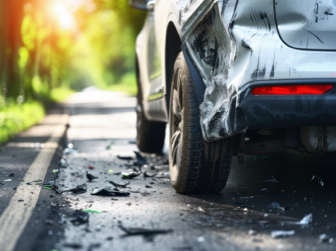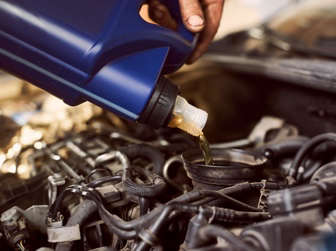Picture this: You’re driving home, the sun is setting, and the roads are sloping and winding. You’re loving the drive, but soon you realise your braking isn’t as responsive as always. Despite applying more pressure, there’s a subtle delay before the car begins to slow down.
Your once-responsive brakes are now struggling to cope. You’re experiencing an increased stopping distance. This could mean your brakes are fading.

Brake fade refers to the slow and temporary loss of braking power. Your brakes become less effective, resulting in reduced overall braking performance.
There are two types of brake fade:
- Brake fluid fade: This happens when the brake fluid becomes overheated. Drivers may notice a soft or spongy brake pedal and a longer than usual stopping distance.
- Worn brake pads: Worn brake pads generate excessive heat during braking, reducing their braking efficiency. Drivers might notice a pulsating brake pedal, increased pedal effort or a grinding noise during braking.

- Regular brake inspections ensure that brake pads, rotors, and brake fluid are in good condition.
- Replace parts as required and consider investing in high-performance brake pads if you are a ‘spirited’ driver.
- Replace brake fluid as recommended by the vehicle manufacturer.
- A Maintenance Plan through MotorHappy includes serviceable brake components, like brake fluid, as well as wear and tear parts like the rear brake discs. With affordable and easy-to-manage monthly instalments, a Maintenance Plan through MotorHappy gives you peace of mind knowing that if you experience a brake pad, you can replace your brakes quickly and without hassle. Find out more about MotorHappy’s Maintenance Plan offering.
- Avoid aggressive braking and consider downshifting on descents to reduce the wear on brakes.
Understanding brake fade and its causes can help ensure a safer driving experience. By staying proactive with regular brake maintenance and adopting proper driving techniques, drivers can minimise the risk of brake fade and keep their braking systems operating effectively.
We review Car of the Year semi-finalist: Toyota Urban Cruiser
Used car shopping? Includes Extended Warranty, and other tips


